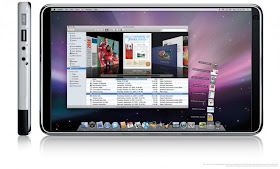According to an article on
Bloomberg.com, Matthew Robson, the 15 year-old intern, was asked by the bank’s European media analysts to report on what he and his peers look for in the information-entertainment industries. What they got was one of the “clearest and most thought-provoking insights we have seen,” the analysts said.
“Teenagers are consuming more media, but in entirely different ways and are almost certainly not prepared to pay for it,” Morgan Stanley analysts Edward Hill-Wood, Patrick Wellington and Julien Rossi said in a note, citing Robson.
More findings:
• Teens don’t want to pay for music, and certainly not CDs. They’ll either download it illegally or going on streaming sites to listen to what they want, when they want.
• Radio is dead to teenagers
• Teens hate intrusive advertising.
• Teens still spend money going to the movie theater, but merely because it’s a social activity.
• Print media is irrelevant to them. Irrelevant!
•
Teens don’t use Twitter because no one is reading their tweets. Twitter is totally different when you have thousands of people following you versus only a handful of your co-workers. In a
related article, TechCrunch states that teens feel “unsafe” about posting their content there, because who knows who will read it. Sure, you get emails notifying you when you have new followers, but that doesn’t compare to the level of detail you get when someone on Facebook adds you, and you get their information.
• Teens use Facebook like it’s their job.
• Teens don’t watch live TV anymore, preferring to watch content online.
• Well-to-do teens listen to music on the iPod while less well-off teens use their cellphone.
In his own summary on “what is hot,” Robson says it includes “anything with a touch screen,” “mobile phones with large capacities for music,” “portable devices that can connect to the internet such as iPhones” and “really big” television sets.
Not hot are “phones with black and white screens, clunky brick phones, devices with less than ten-hour battery life and anything with wires.”

































